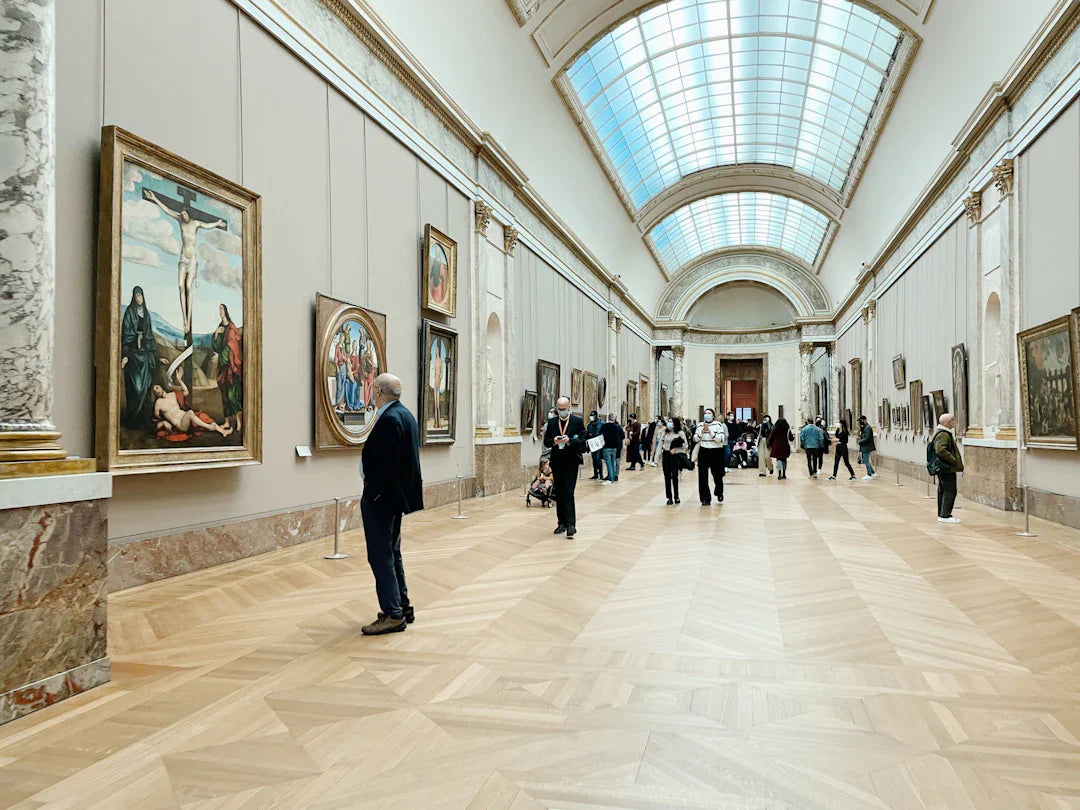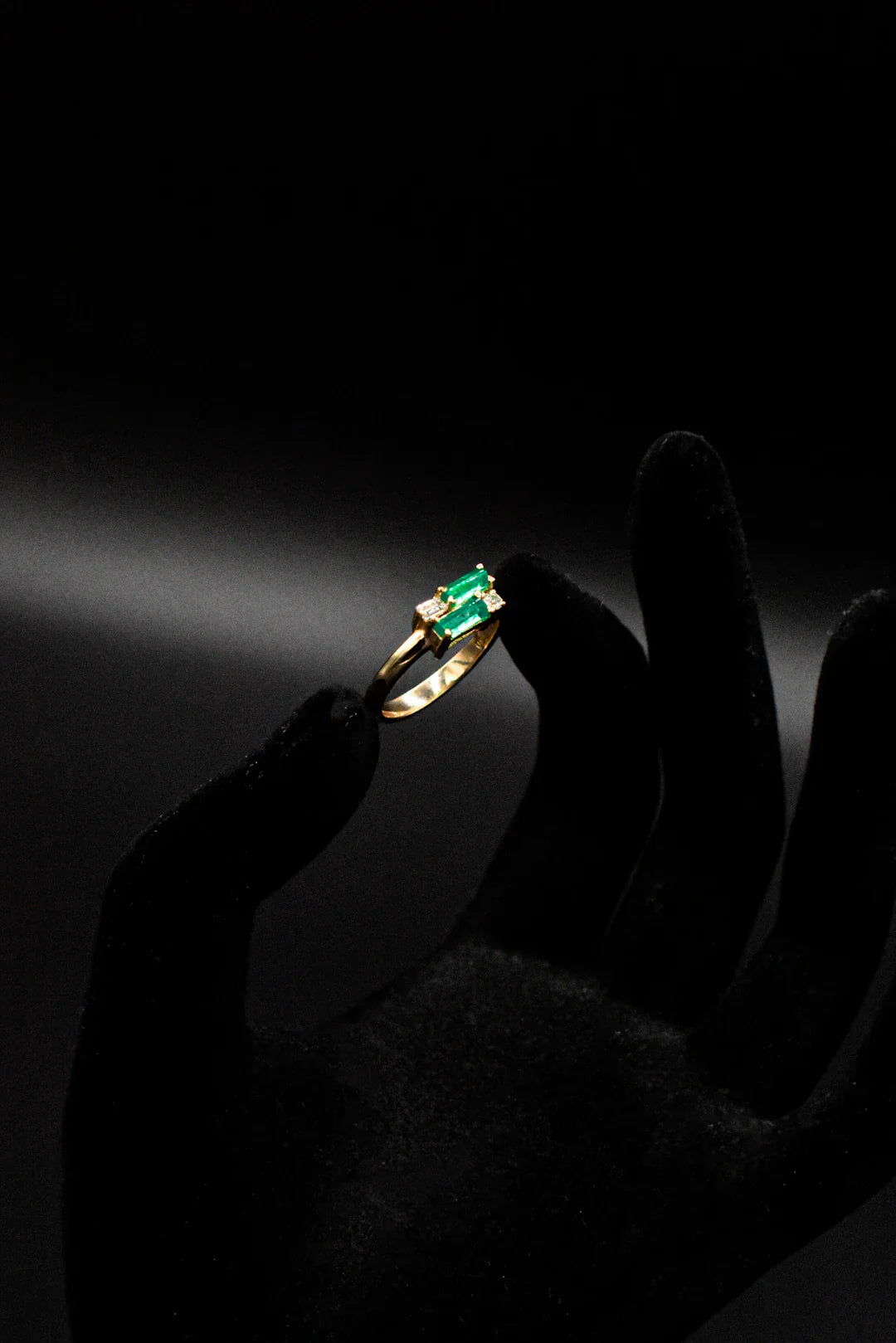Frequently Asked Questions
1. What is the historical significance of emeralds?
2. How did ancient Egyptians view emeralds?
3. What role do emeralds play in Indian culture?
4. How are emeralds perceived in Chinese traditions?
5. What is the modern significance of emeralds in jewelry?
Emeralds, known for their captivating green hues, have been cherished across various cultures for centuries. Their allure goes beyond mere aesthetics; they are infused with magical properties, rich histories, and spiritual significance. Whether worn as natural emerald jewelry or set as talismans in rituals, emeralds carry a story that transcends borders and time. This article explores the profound roles emeralds have played in different cultures around the world and their significance in both historical and modern contexts.
The Historical Significance of Emeralds
From ancient civilizations to modern societies, emeralds have always held a position of prestige. This section delves into how different cultures valued emeralds and their contributions to cultural identity.
The Ancient Egyptians: Guardians of the Afterlife
In ancient Egypt, emeralds symbolized fertility and rebirth, associated with the goddess Isis. These gemstones were believed to hold protective qualities, especially for the deceased. Often, pharaohs would be buried with emeralds as they were believed to ensure safe passage into the afterlife. Cleopatra, the last active ruler of the Ptolemaic Kingdom of Egypt, was known for her love of emeralds, showcasing them not just as precious stones but as emblems of wealth and divine favor. This deep-rooted significance contributed to the mystique surrounding natural emerald jewelry in ancient societies.
The Romans: Symbol of Wealth and Power
The Romans were also enamored with the beauty of emeralds. They considered them a symbol of status and sophistication, often wearing them to flaunt wealth. According to historical accounts, the famous Roman orator Cicero referred to emeralds as “the most precious of all stones.” The emerald was associated with Venus, the goddess of love, enhancing its allure as a stone of romance and passion. Crafted into stunning pieces, natural emerald jewelry became a favorite among the elite, representing not just beauty but also power.
Cultural Significance in Asia
Emeralds also play a crucial role in various Asian cultures, where they are often intertwined with spiritual beliefs and traditions.
The Mystical Powers of Emeralds in India
In Indian culture, emeralds, or “Panna” in Hindi, hold immense significance in astrology. They are considered to bring wisdom, love, and growth to those who wear them. Many people believe that wearing natural emerald jewelry can help alleviate mental stress and improve communication skills. It is especially favored among professionals like writers and teachers. Astrologers often recommend emeralds to mitigate negative planetary aligned influences, making them highly sought after in a spiritual context.
Chinese Traditions: The Stone of Harmony
Emeralds have also been revered in Chinese culture, symbolizing harmony and balance. They are believed to bring good luck and fortune to the wearer. In Chinese tradition, jade has traditionally been more prominent, but the rich green hue of emeralds has earned them a respected place as well. Both stones are associated with health and longevity, and wearing natural emerald jewelry is thought to enhance one's creative energy while providing protection against negative forces.
The Influence of Emeralds in African Cultures
Africa's rich tapestry of cultures has integrated emeralds into various traditions, where they are often linked to ancestral practices.
The Spiritual Connection in African Tribes
In many African tribes, emeralds are regarded as stones of healing and protection. The Bantu tribes of Southern Africa, for example, use emeralds in their rituals, believing they allow them to connect with their ancestors. Wearing natural emerald jewelry during ceremonies is seen as a means to enhance spiritual power, courage, and community bonds. Emeralds are considered as gifts from the Earth, and their presence is believed to invoke the spirit of the land, contributing to the unique spiritual tapestry of African cultures.
Emeralds in Modern Society
As we transition into modern times, the fascination with emeralds remains unwavering, and their role in contemporary society continues to evolve.
The Green Goddess: Fashion and Natural Emerald Jewelry
In recent years, natural emerald jewelry has made a significant comeback in the fashion industry. Celebrities and influencers alike have embraced emeralds for their unique elegance and vibrancy. Designers incorporate emeralds into statement pieces, from earrings to necklaces, enhancing not only the beauty of the wearer but also creating trends that celebrate this stunning gem’s charm. The perception of emeralds as exclusive luxury items makes them highly desirable in modern jewelry collections.
Sustainability and Ethical Sourcing
As awareness of ethical practices in jewelry sourcing grows, so does the demand for responsibly sourced emeralds. Eco-conscious consumers are seeking natural emerald jewelry that aligns with their ideals, favoring jewelers who emphasize sustainability. Numerous brands are now focusing on transparency in sourcing, ensuring that the emeralds they offer have been mined in ways that respect both the environment and the rights of local communities.
Emeralds in Literature and Arts
The impact of emeralds is not confined to jewelry or folklore; they have also left their mark on literature and the arts throughout history.
Emeralds in Poetry and Literature
Emeralds have inspired poets, writers, and artists to create works reflecting their beauty and inherent symbolism. In various literary pieces, emeralds often symbolize rebirth, love, and rejuvenation. Authors have used them to convey feelings of longing and passion, creating an atmosphere of depth and complexity through their words. The resonance of emeralds in literature illustrates their multidimensional significance, proving that their cultural weight goes beyond the physical gemstone.
Emeralds in Art: A Colorful Inspiration
Artists have long used emeralds to depict themes of nature, serenity, and vitality. The vibrant hue of emerald green often intrigues painters and sculptors, manifesting the essence of life itself. Famous works from the Renaissance to modern pieces feature elements of green inspired by emeralds. Their dazzling color serves as a muse, guiding creation and expression throughout history.
The Legacy of Emeralds: A Gem for Generations
As we draw this insightful exploration to a close, it’s crucial to recognize the profound legacy and impact of emeralds across cultures.
Emeralds: More Than Just a Gemstone
Emeralds embody rich cultural stories, historical significance, and spiritual beliefs that span the globe. The longstanding association with love, rebirth, and protection enriches their charm and captivates admirers. From ancient Egyptians to modern jewelers, the allure of emeralds continues to inspire. Whether appreciated for their beauty in natural emerald jewelry or revered for their mystical qualities, emeralds offer a unique connection to the world around us. As you explore emeralds, remember that each piece you encounter carries centuries of stories and emotions, waiting to be cherished and wore.
So, the next time you look at an emerald, let it remind you not just of its stunning color but also of the powerful role it plays in our shared history and culture. Embrace the magnificence and stories held within each emerald, allowing them to illuminate your life's journey.




Leave a comment
This site is protected by hCaptcha and the hCaptcha Privacy Policy and Terms of Service apply.